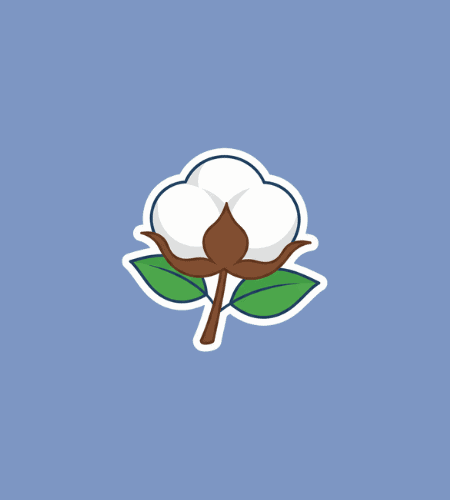World Cotton Day is observed each year on October 7. Established by the United Nations, this day honors the vital role cotton plays in livelihoods, trade, and sustainable development across the globe.
Table of Contents
History of World Cotton Day
The idea for World Cotton Day emerged in 2019 when four cotton‑producing African nations—Benin, Burkina Faso, Chad, and Mali (collectively known as the “Cotton‑4”)—requested the World Trade Organization to designate a day to spotlight the cotton sector and its challenges. The inaugural celebration took place on October 7, 2019 at the WTO headquarters in Geneva, with collaboration from FAO, UNCTAD, the International Trade Centre, and the International Cotton Advisory Committee.
In August 2021, the United Nations General Assembly officially proclaimed 7 October as World Cotton Day, recognizing its significance for economic development, trade, and sustainable livelihoods, especially in least developed countries. Since then, World Cotton Day has grown into a global platform for discussion, innovation, and policy around cotton’s future.
Why is World Cotton Day important?
Cotton is more than just a soft fiber in our clothing; it is a backbone of rural economies and global trade systems. For millions of smallholder farmers across Africa, Asia, and Latin America, cotton cultivation provides a source of income, employment, and hope. By shining a spotlight on this sector, World Cotton Day reminds us of the dependence many communities have on the health and fairness of cotton markets.
Moreover, cotton production is tightly linked to sustainability challenges—water use, soil health, pesticide impacts, supply chain transparency, and value addition. This observance pushes stakeholders—governments, private sector, NGOs, and consumers—to engage with improving sustainability, raising standards, and ensuring that the poorest producers are not left behind.
Here are some aspects that emphasize its importance
- It highlights cotton’s role in poverty alleviation and rural livelihoods
- It promotes fair trade and equitable market access
- It stresses sustainable agricultural practices in cotton farming
- It encourages innovation in cotton value chains and textile industries
- It boosts awareness among consumers about the commodity’s journey
How to Observe World Cotton Day
You don’t need to be in the cotton belt to take part. One way is to learn more about the origins of the fabrics you wear—seek information about which cotton your garments are made from, whether they are certified (organic, fair trade, Better Cotton, etc.), and share that knowledge with your network. A bit of curiosity can ripple outward in interesting ways.
If you’re in a position to support or organize, you might host a small event—virtual or physical—that connects local textile businesses, artisans, or educators to discuss sustainable cotton, recycling textile waste, or innovations in fiber science. Even in a community or school setting, a “cotton fair” or exhibit showcasing the lifecycle from plant to cloth can help people connect material objects to their origins and the human work behind them.
Some ideas to join in:
- Ask your favorite clothing brand for info about their cotton sourcing
- Wear a cotton garment and share a post about its story
- Invite a talk or livestream about sustainable cotton or textile recycling
- Support a certified‑cotton product or brand with ethical supply chains
- Explore or start a local textile upcycling or repair event
World Cotton Day Dates Table
| Year | Date | Day |
|---|---|---|
| 2025 | October 7 | Tuesday |
| 2026 | October 7 | Wednesday |
| 2027 | October 7 | Thursday |
| 2028 | October 7 | Saturday |
| 2029 | October 7 | Sunday |
Subscribe to our newsletter and never miss a holiday again!

